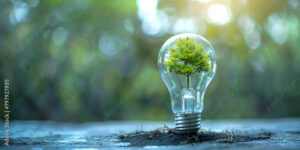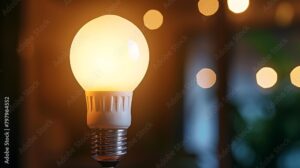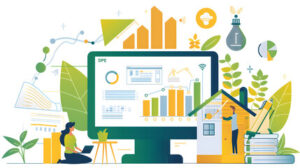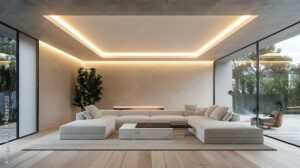In today’s world, the push towards sustainability is stronger than ever. For eco-conscious consumers, DIY homeowners, and those passionate about a sustainable lifestyle, energy-efficient lighting offers a promising solution. But what exactly are the pros and cons of making the switch? Let’s break it down.
What is Energy-Efficient Lighting?
Energy-efficient lighting refers to the use of light bulbs and fixtures that utilize less electricity to produce the same amount of light as traditional bulbs. Popular types of energy-efficient lighting include LED (Light Emitting Diode), CFL (Compact Fluorescent Lamp), and halogen incandescent bulbs.
The Advantages
1. Cost Savings
Energy-efficient bulbs use significantly less power than traditional incandescent bulbs. This reduction in energy consumption translates into lower electricity bills. Over time, these savings can add up, making energy-efficient lighting a cost-effective option.
2. Longer Lifespan
Energy-efficient bulbs, especially LEDs, have a much longer lifespan compared to traditional bulbs. While a standard incandescent bulb might last around 1,000 hours, an LED bulb can last up to 25,000 hours. This means fewer replacements and less waste.
3. Environmental Benefits 
Reduced energy consumption means fewer carbon emissions. By switching to energy-efficient lighting, you’re helping to reduce greenhouse gas emissions and your overall carbon footprint.
4. Better Light Quality
Modern energy-efficient bulbs often provide better light quality than older, traditional bulbs. LEDs, in particular, offer bright, clear light that is perfect for both task and ambient lighting.
5. Versatility 
Energy-efficient lighting options come in a variety of shapes, sizes, and colors. Whether you need a soft, warm light for your living room or a bright, daylight-like illumination for your study, there’s an energy-efficient bulb for every need.
For Tons of Great Free Information please hit “Like & Subscribe”
Websiteconstructionconsumeradvocacyinstitute.com
Podcastanchor.fm/galloway
www.youtube.com/@ConstructionConsumerAdvocacy
The Disadvantages
1. Initial Cost 
Energy-efficient bulbs can be more expensive upfront than traditional incandescent bulbs. However, it’s important to consider the long-term savings on energy bills and the reduced need for replacements.
2. Light Direction
Some energy-efficient bulbs, particularly LEDs, are directional. This means they emit light in a specific direction, which can be a disadvantage for general room lighting. However, this can be advantageous for task lighting.
3. Compatibility
Not all energy-efficient bulbs are compatible with existing fixtures and dimmer switches. It’s essential to check compatibility before making a purchase to ensure the bulb will work in your desired location.
4. Temperature Sensitivity
Certain energy-efficient bulbs, especially CFLs, can be sensitive to temperature changes. They might not perform as well in very cold or very hot environments, which can be a consideration for outdoor lighting.
5. Disposal
CFLs contain small amounts of mercury, which means they need to be disposed of properly to avoid environmental contamination. LEDs, while more environmentally friendly, also require proper disposal methods to recycle components.
Making the Switch
If you’re considering transitioning to energy-efficient lighting, start by replacing the most frequently used bulbs in your home, such as those in the living room, kitchen, and bathroom. This allows you to experience immediate savings and benefits without a large upfront investment.
Conclusion
Switching to energy-efficient lighting is a smart choice for eco-conscious consumers, DIY homeowners, and sustainable lifestyle enthusiasts. While there are some initial costs and considerations, the long-term benefits for both your wallet and the environment make it a worthwhile investment. Ready to make the switch? Discover more tips and expert advice by visiting our website and join our community of green-minded individuals today.
—
Call to Action: Want personalized advice on energy-efficient lighting and other sustainable living tips? Book a consultation with our experts and light up your home the eco-friendly way!
How to Save Money on Energy Costs – 02.20.2024 (youtube.com)

